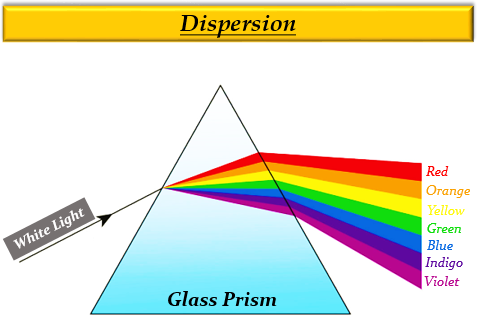

Adults have the complete spectrum of light available to them, so if they need to change something that they don't know if they would be able to do it.

It's the light that is "seen" but not the actual stimuli in which it's presented. The brain perceives color and light sources. The same screen can produce images with a higher contrast when the light source is blue, while another screen produces better contrast with white light. Many factors influence the contrast in an image. The more lights used, the higher the contrast. Adding ultraviolet, gives the white light a contrast of 5. By adding cyan and infrared light, the contrast is increased to 4. With red, green and yellow, the white light has a contrast of 3. By adding blue light the contrast is increased to 1. White light (the mixture of all colors) will have a contrast value of 0. To enhance the quality of the image there is an effect called "contrast". When white light is used to illuminate a colour screen, the mix will have all colors of the visible spectrum. However, the entire emission power spectrum passes all wavelengths which shows that the Sun emits slightly more infrared than visible light.Ī beam of white light is a mixture of all colors of light. At its zenith power, the Sun emits visible light. This indicates that if a person has a beam of light that includes all the colors of the rainbow, and focuses all of them onto a single spot, the combination of all colors will result in a beam of white light.White light or visible light comes above infrared rays. Finally we are able to take a satisfactory magnification of the element we examine.The complete blend of all the wavelengths of the visible spectrum is known as white light. Light is succesivily reflected from mirrors and at the same time it is magnified.

Reflection plays an important role to modern microscopes. The mixture of concave and convex mirrors are usual at fun fairs where one could be scared of his appearence tottaly misshapen. On the other hand, we take advantage of convex mirrors in motorways where a convex mirror offers a wider field of vision than a usual mirror. The concave mirror concentrates the rays to a single point, thus we achieve the representation. Concave mirrors are widely used in light telescopes where the light that reaches the telescope is not enough to represent an image. In both phenomena the reflected image appears misshapen. We generaly use two terms to describe such non flat mirrors: The concave mirror which could be represented by the inner surface of a spoon and the convex mirror which could be the outer surface. The surface of a spoon is not a mirror but at the same time it is something similar to it. The surface of a spoon is the perfect example we all learnt during school years. Although someone has a certain idea about reflection in his mind, he does not realize the fact that diffuse reflection is much more critical.Īnother part which has to do with reflection is the phenomenon when light meets surfaces which can reflect it but they are not flat. Now we can say we are talking about specular reflection and the similar phenomenon of diffuse reflection. An orange orange for example has a surface -definately not perfect- which reflects the orange component of "white" light (the "white" light includes all the components of colors), whereas it absorbs all the other components, the red one, the green one etc.This makes possible the vision.

Most of the times light does not meet with such perfects surfaces. What we just described is not the usual situation, because a mirror is considered to be a perfect surface without convolutions. When light meets with a mirror is reflected and what follows is the representation of our image onto the mirror. Part of light wave or whole the wave remains at the same medium after the reflection.ĭuring reflexion the angle between the direction of motion of the oncoming wave and the perpendicular to the reflecting surface (angle of incidence) is equal to the angle between the direction of motion of the reflected wave and a perpendicular (angle of reflection). To accept reflection we must accept the wave nature of light, because reflection has to do with waves. Using simple words reflection is the phenomenon when light is returned after impinging on a surface.


 0 kommentar(er)
0 kommentar(er)
